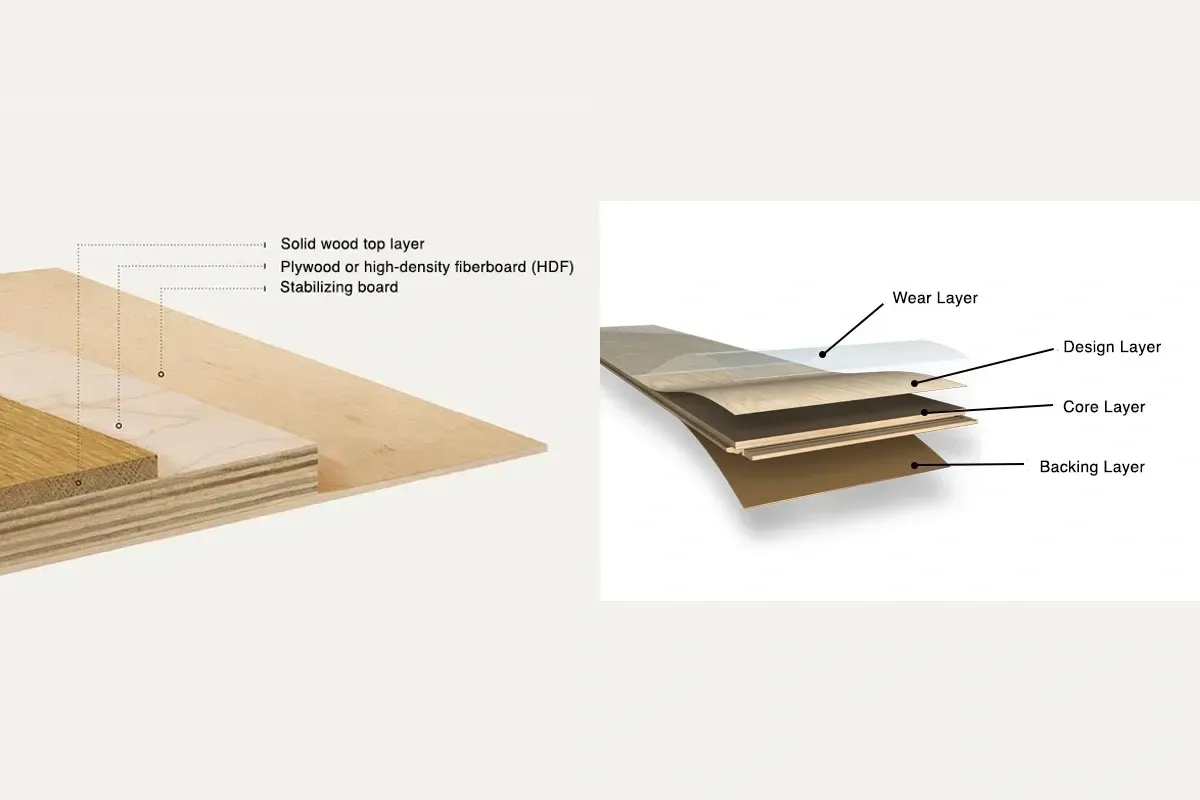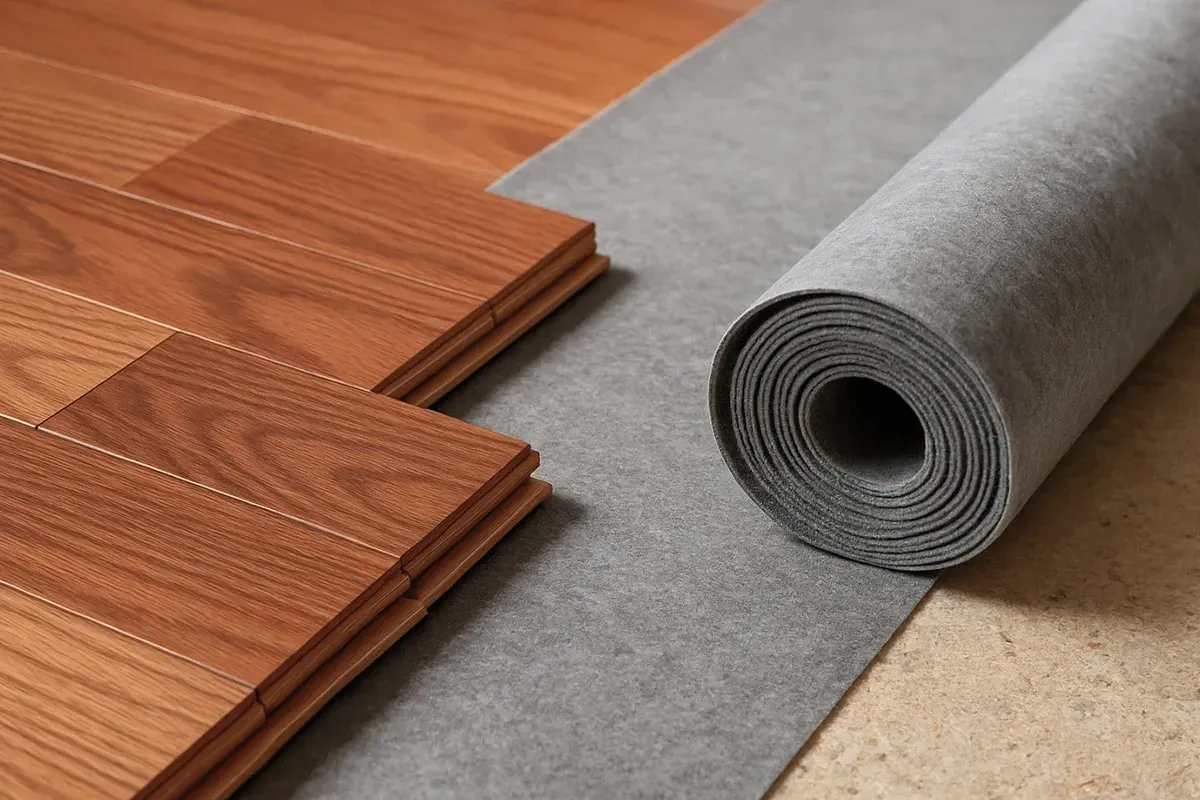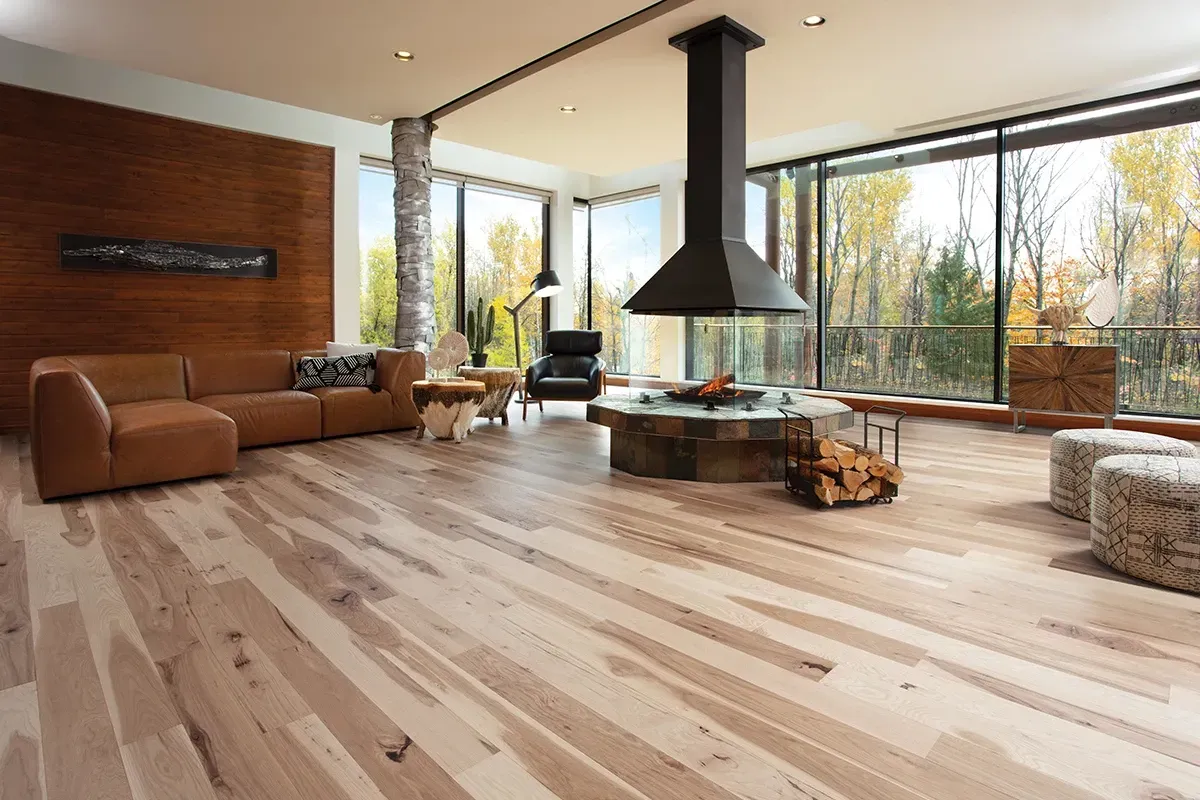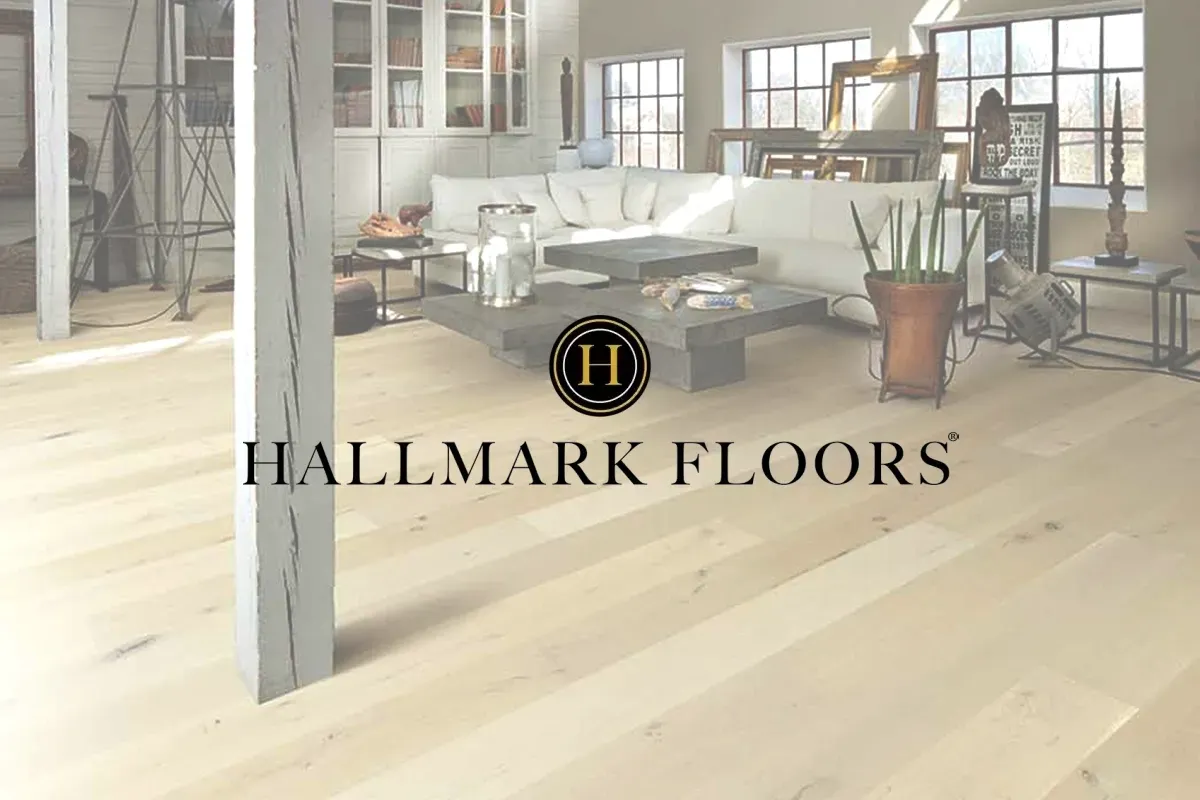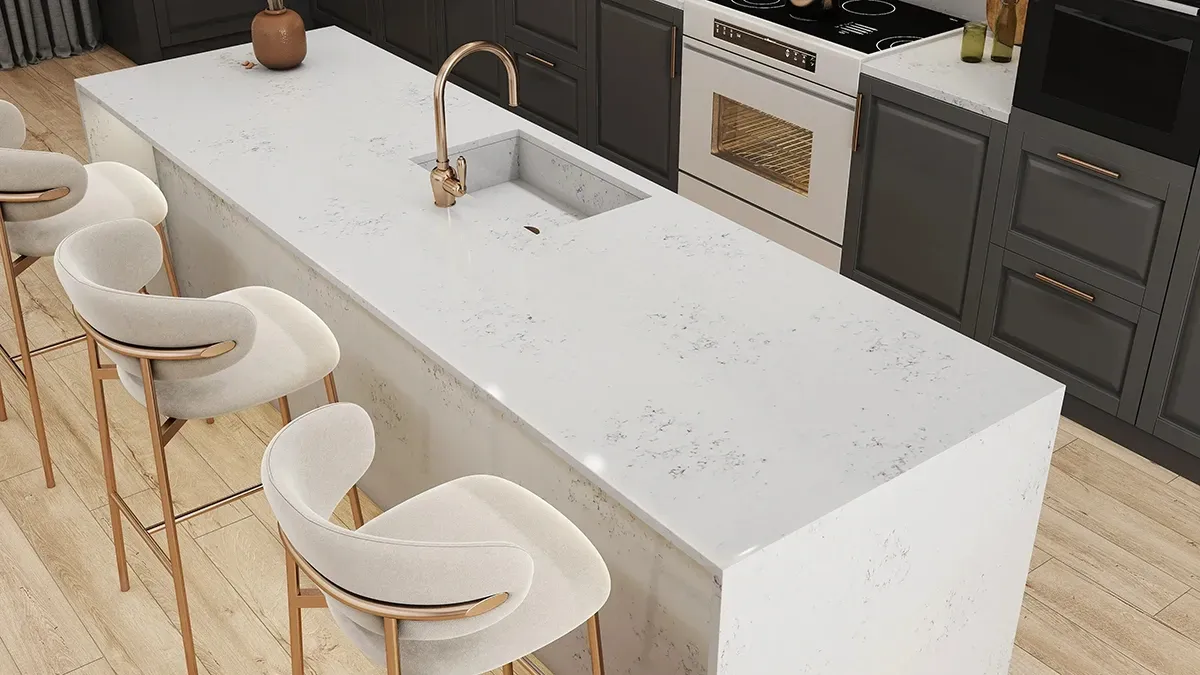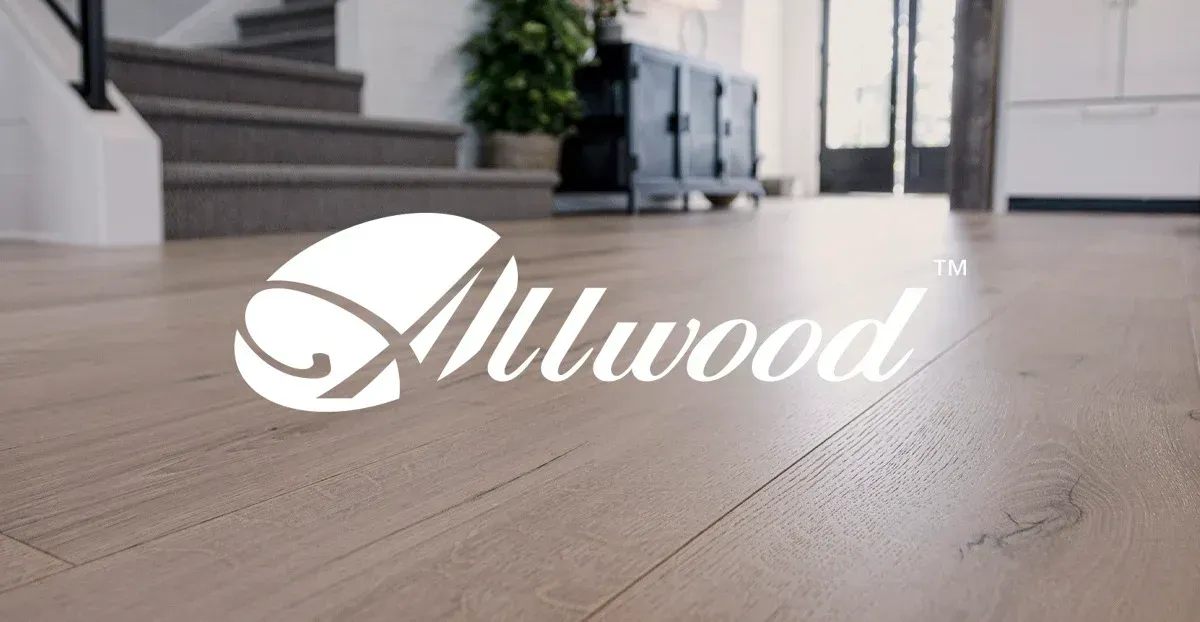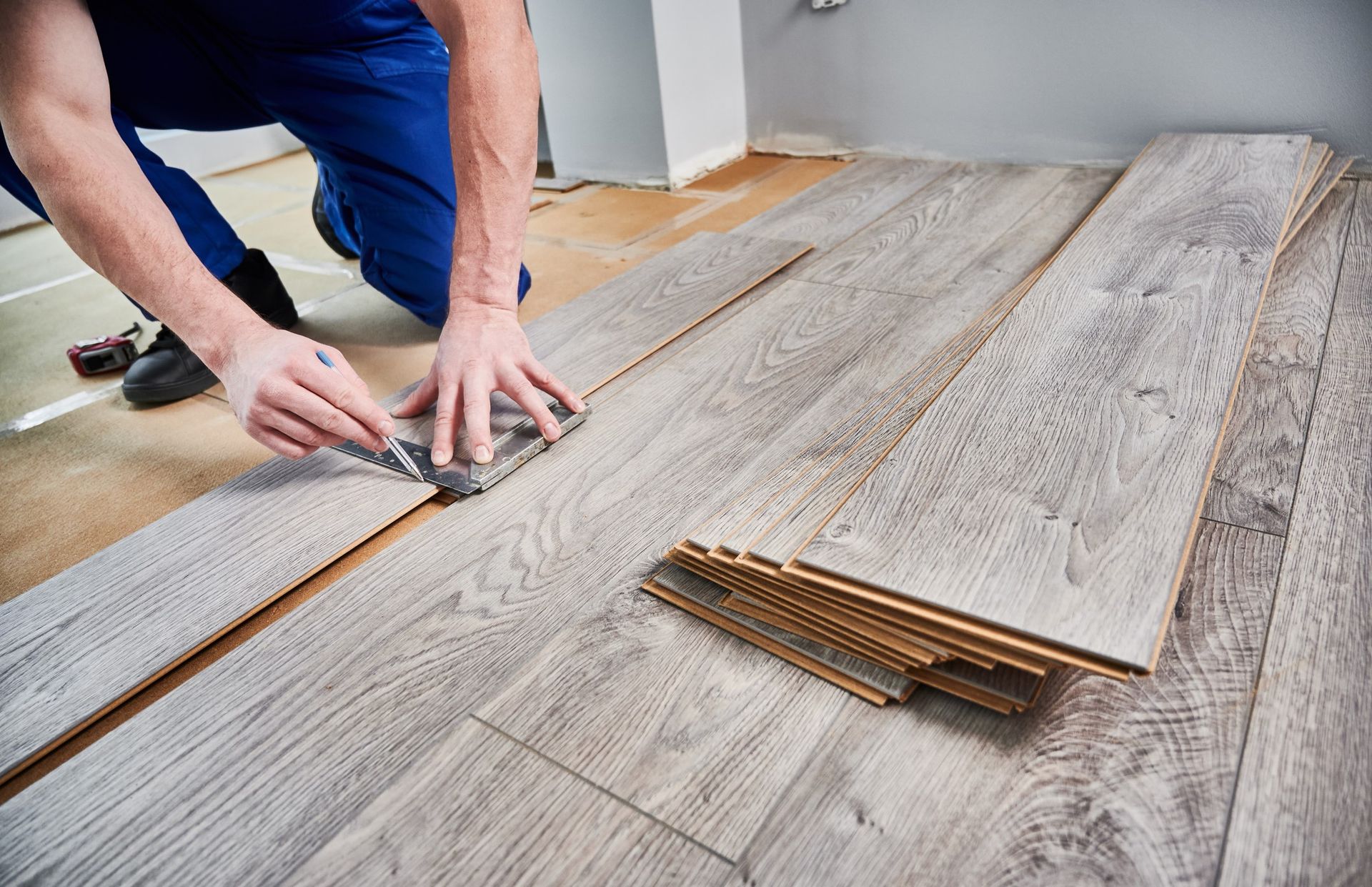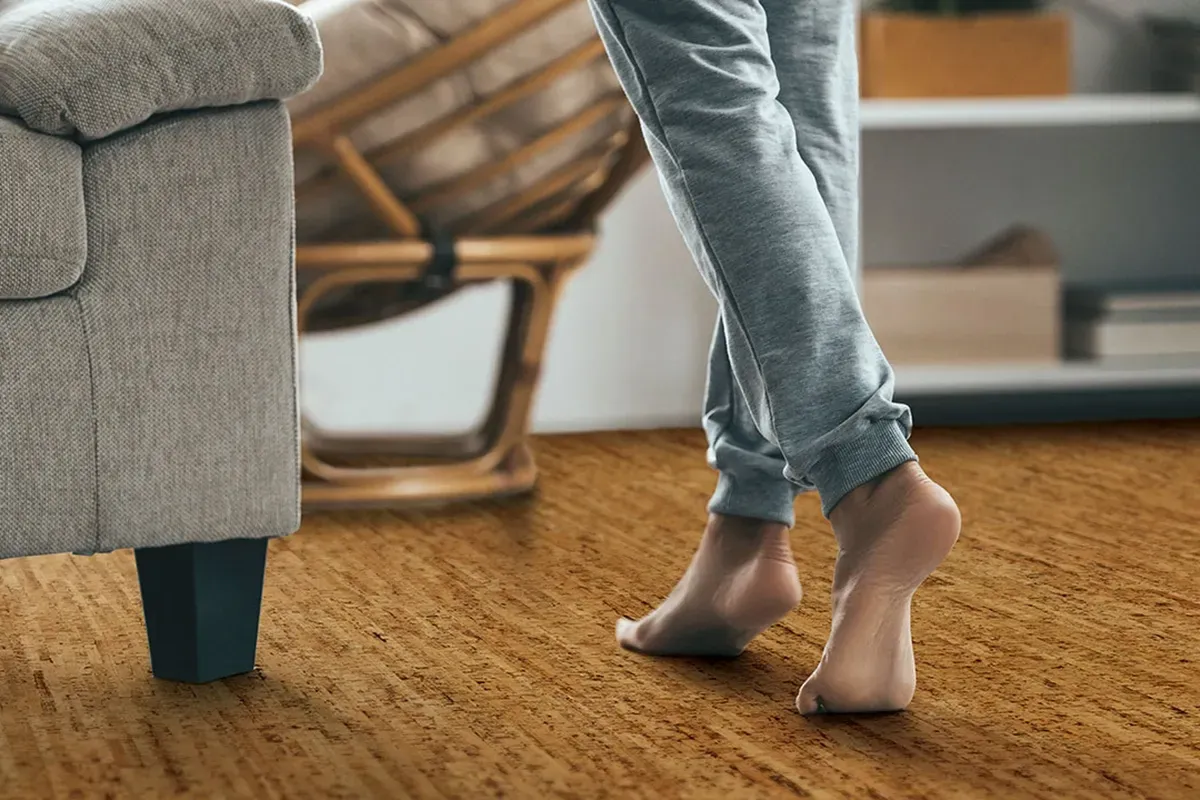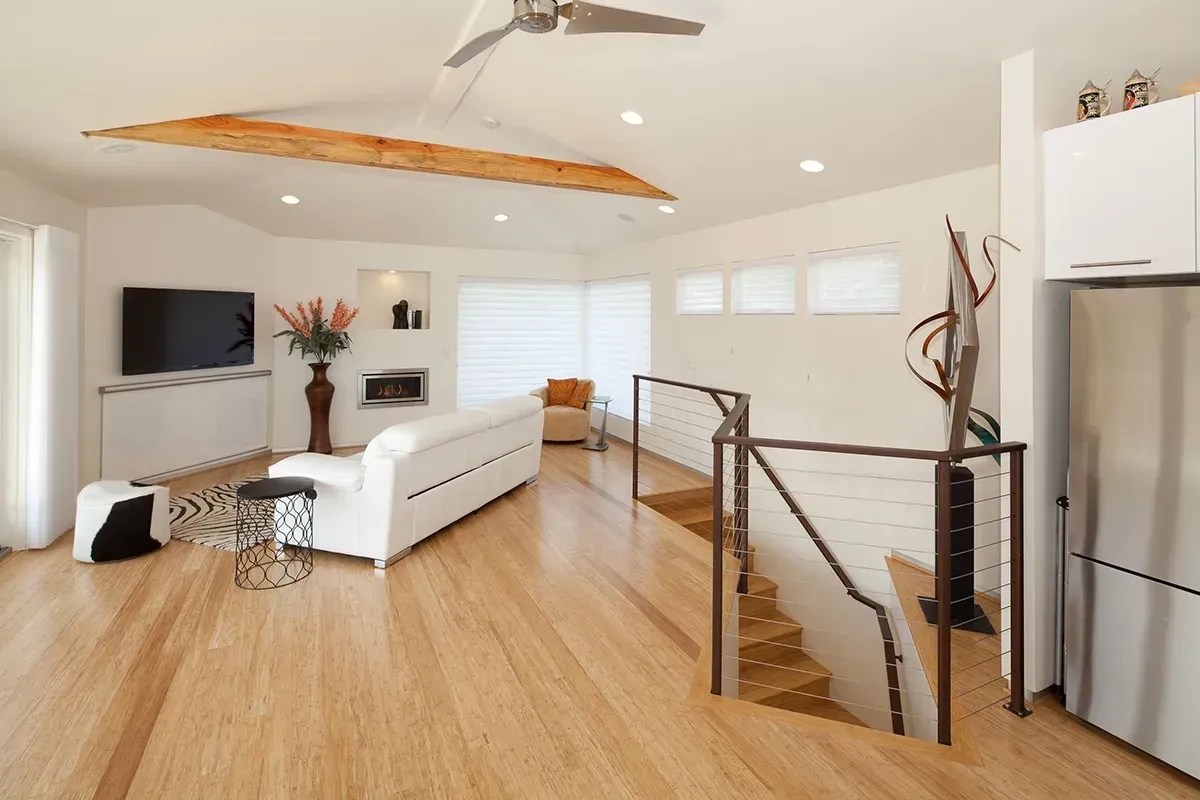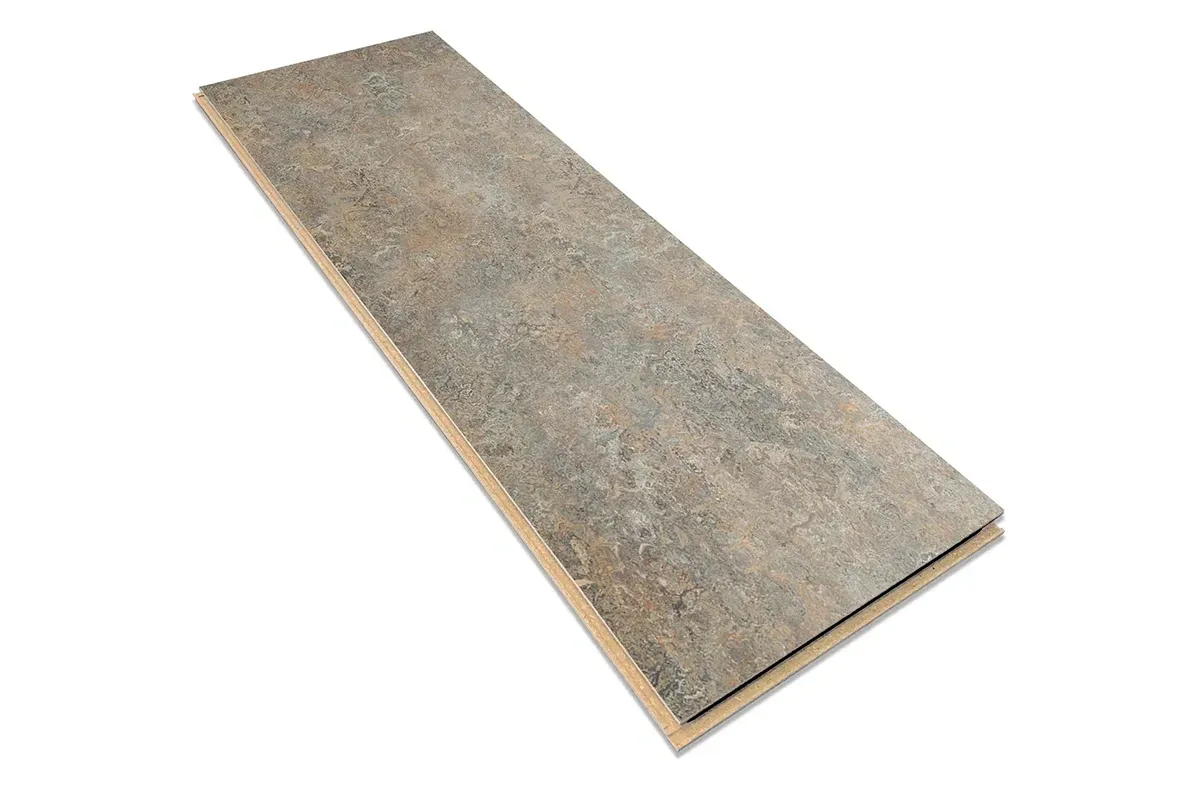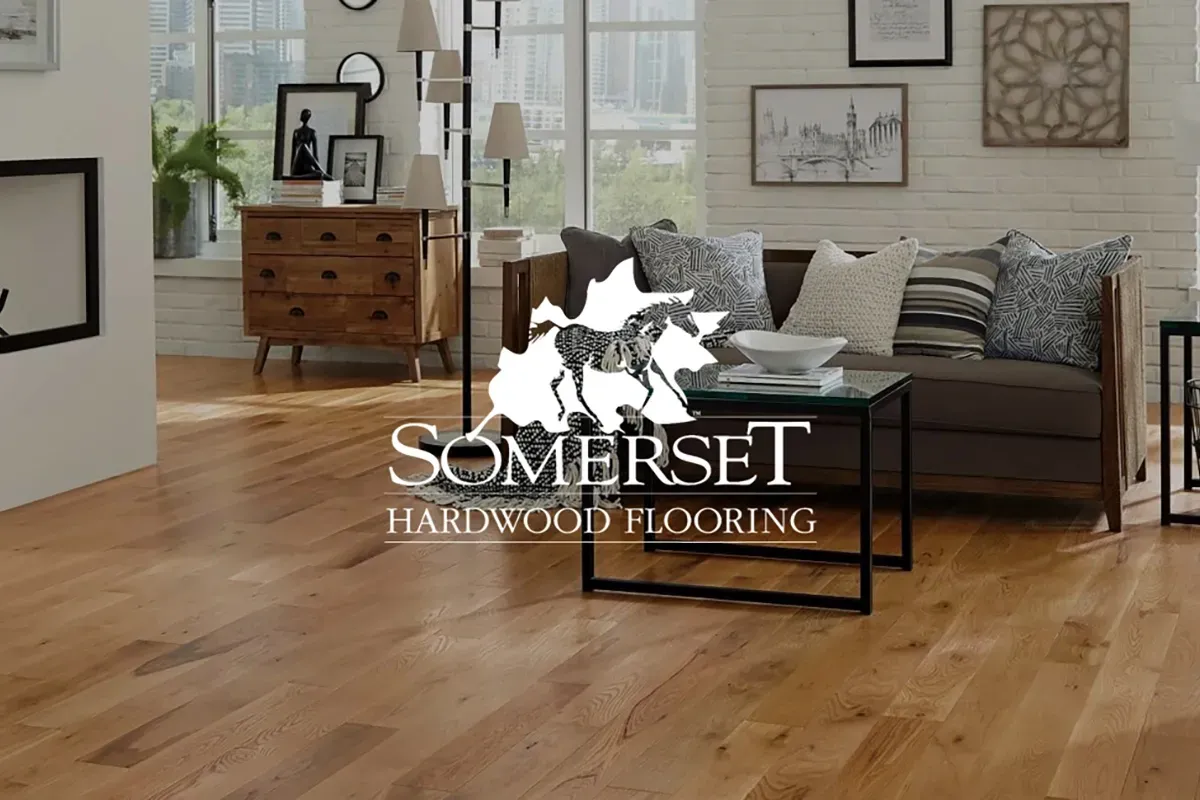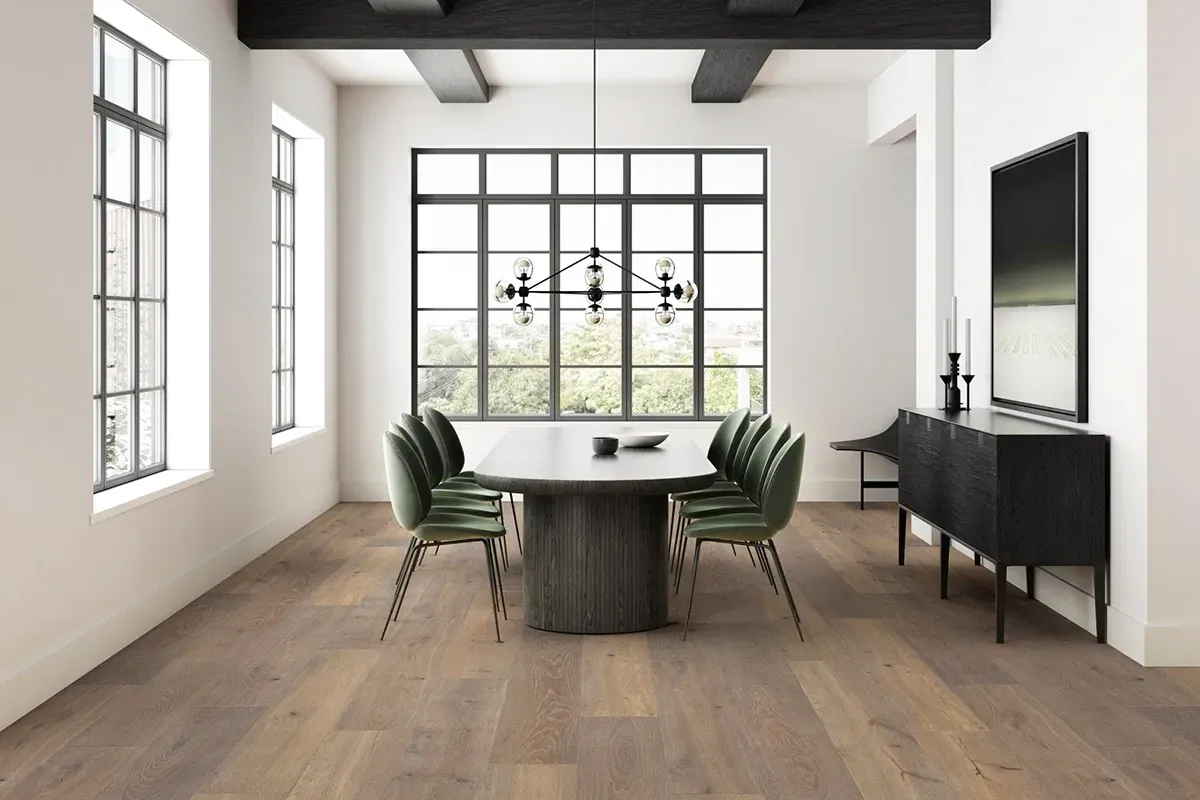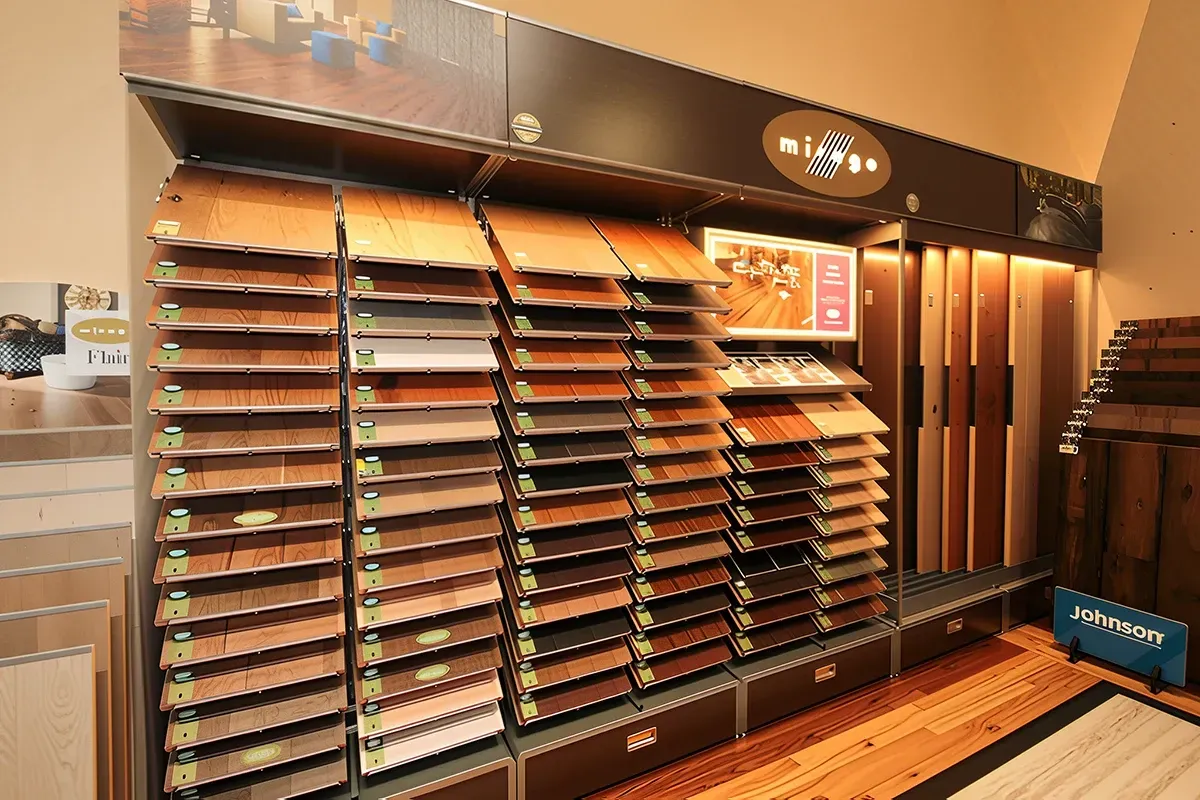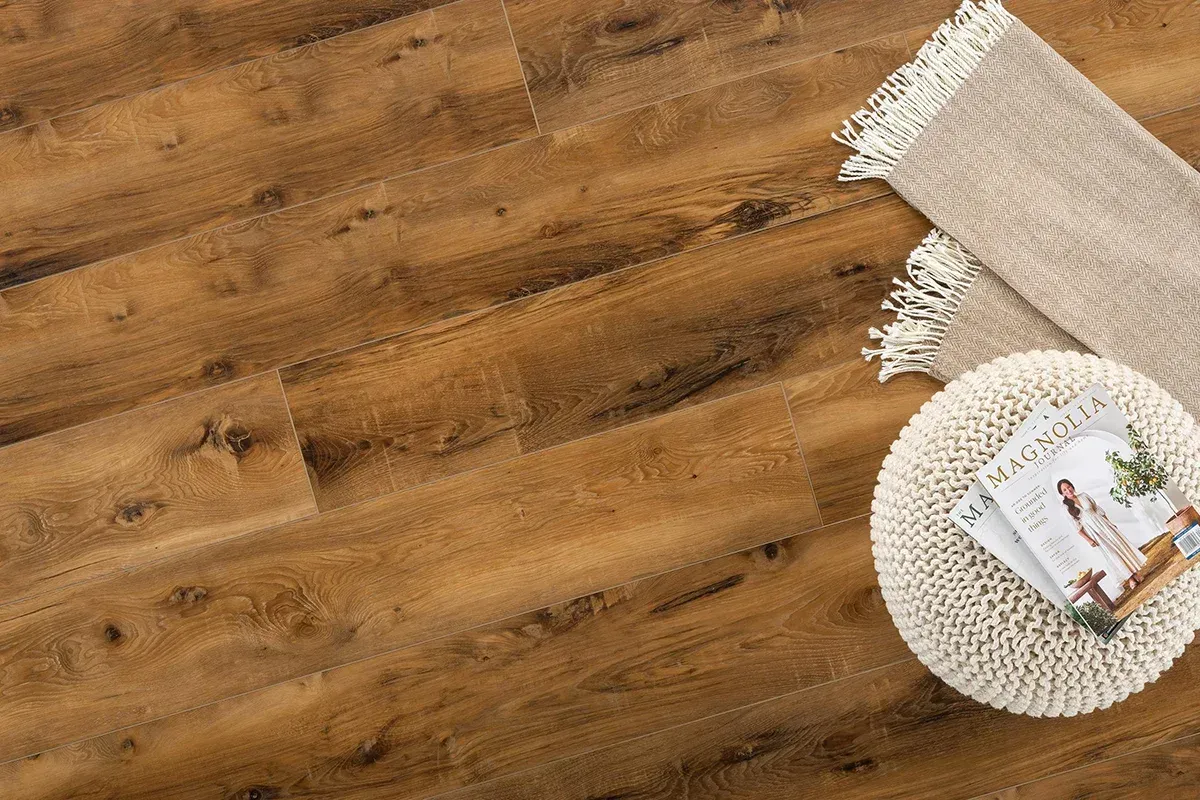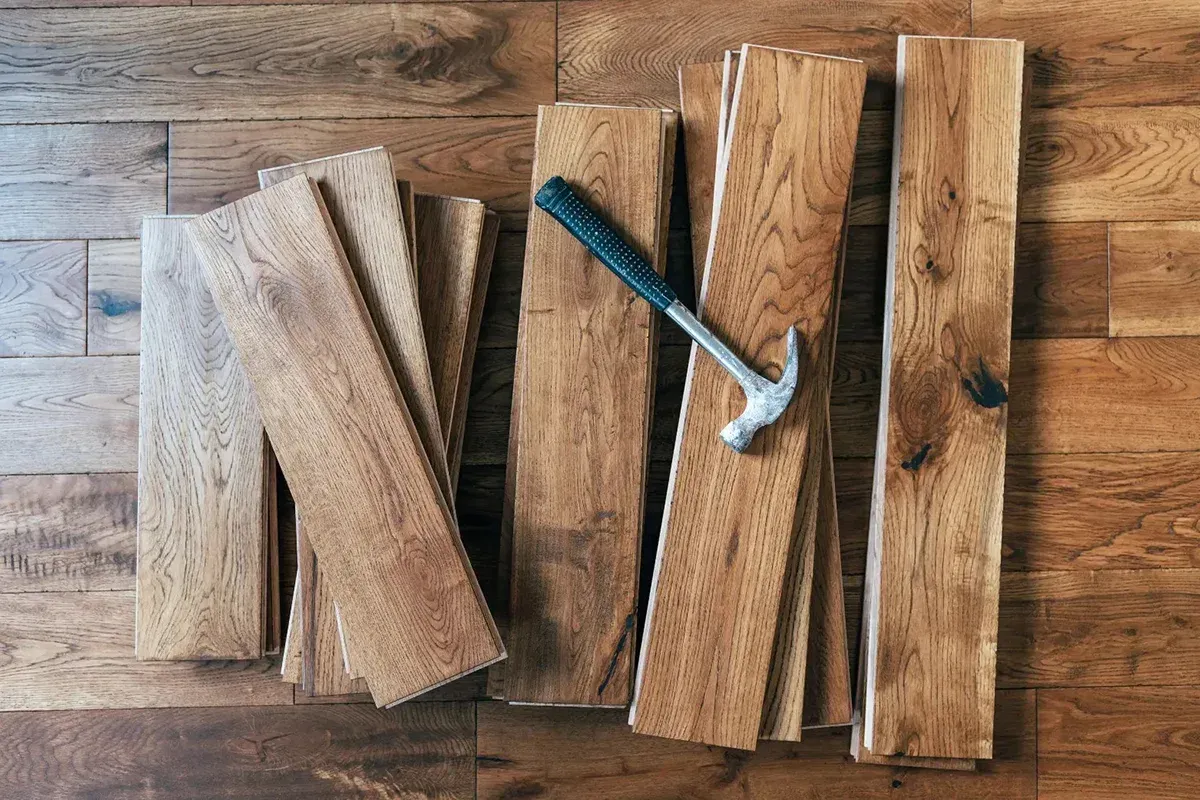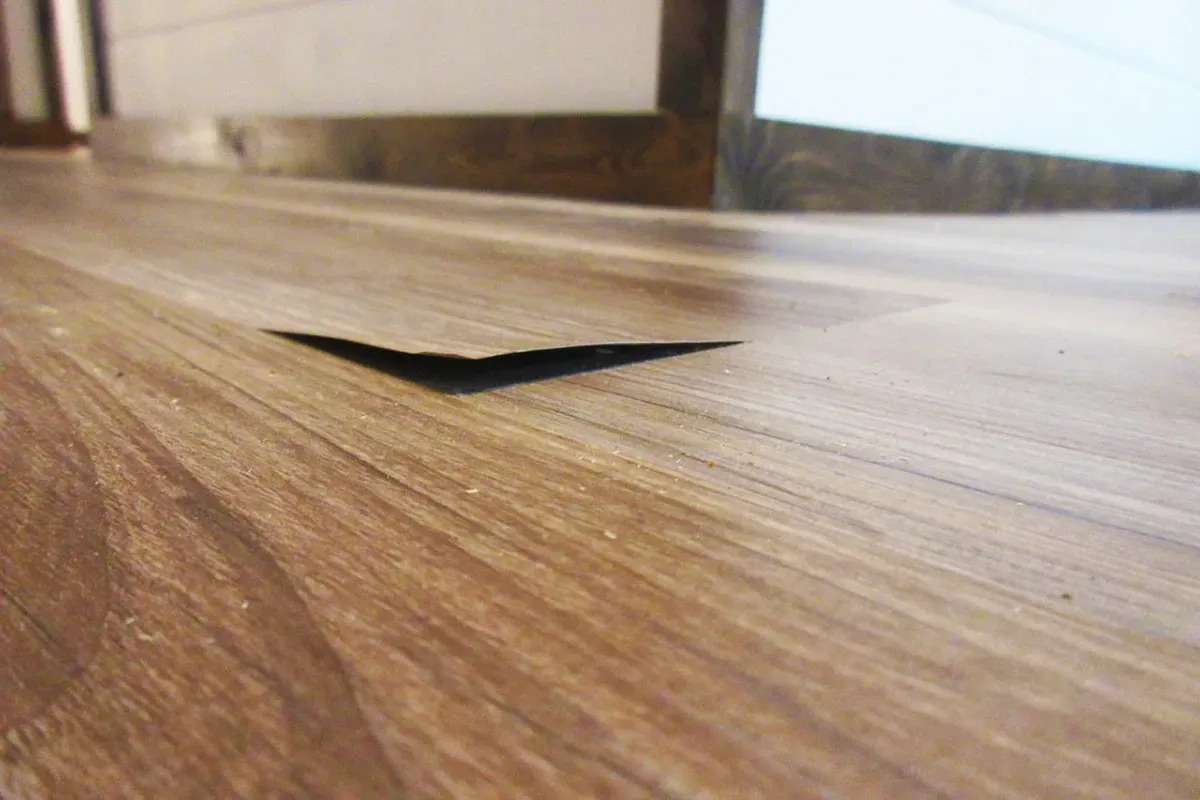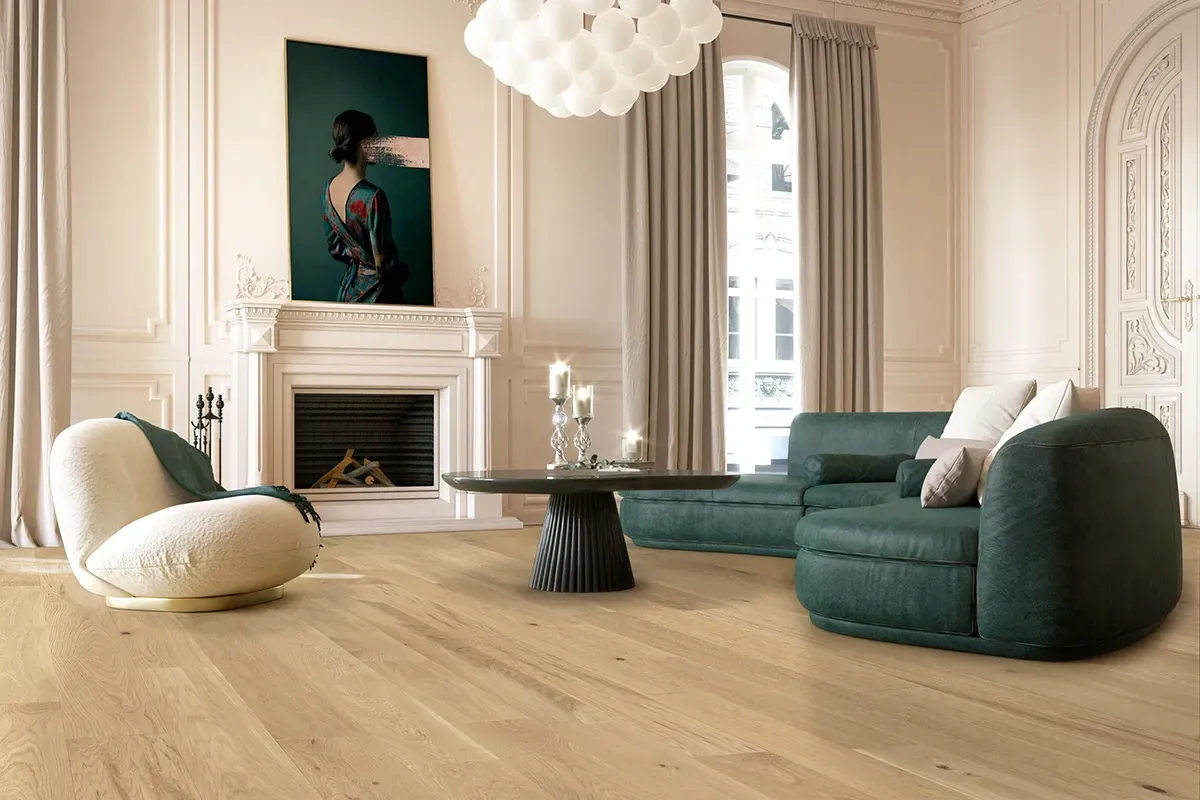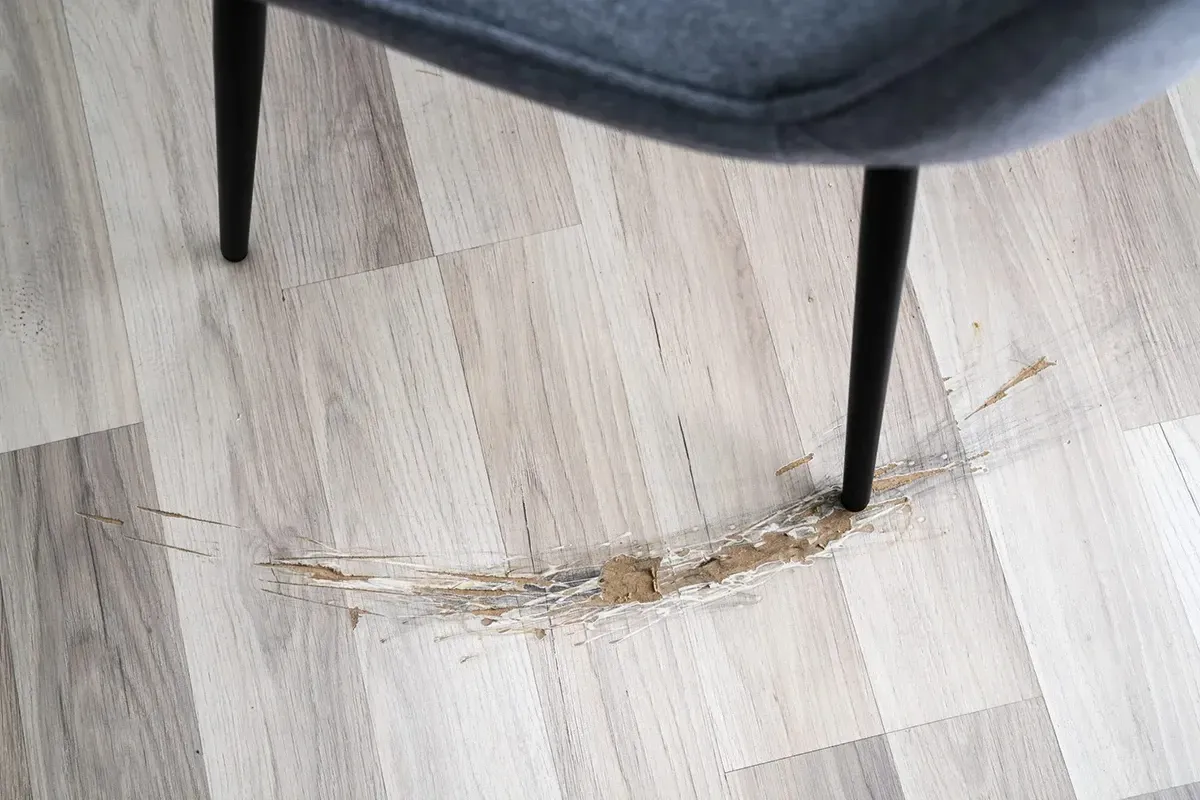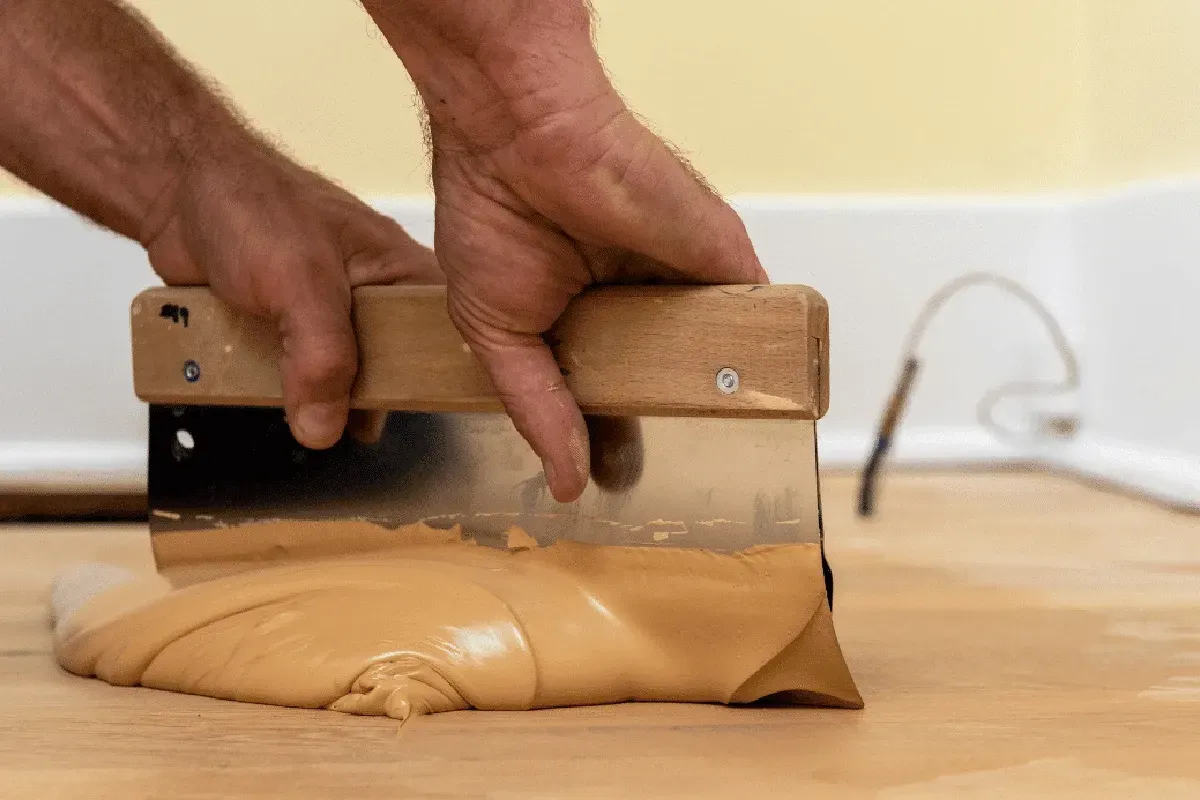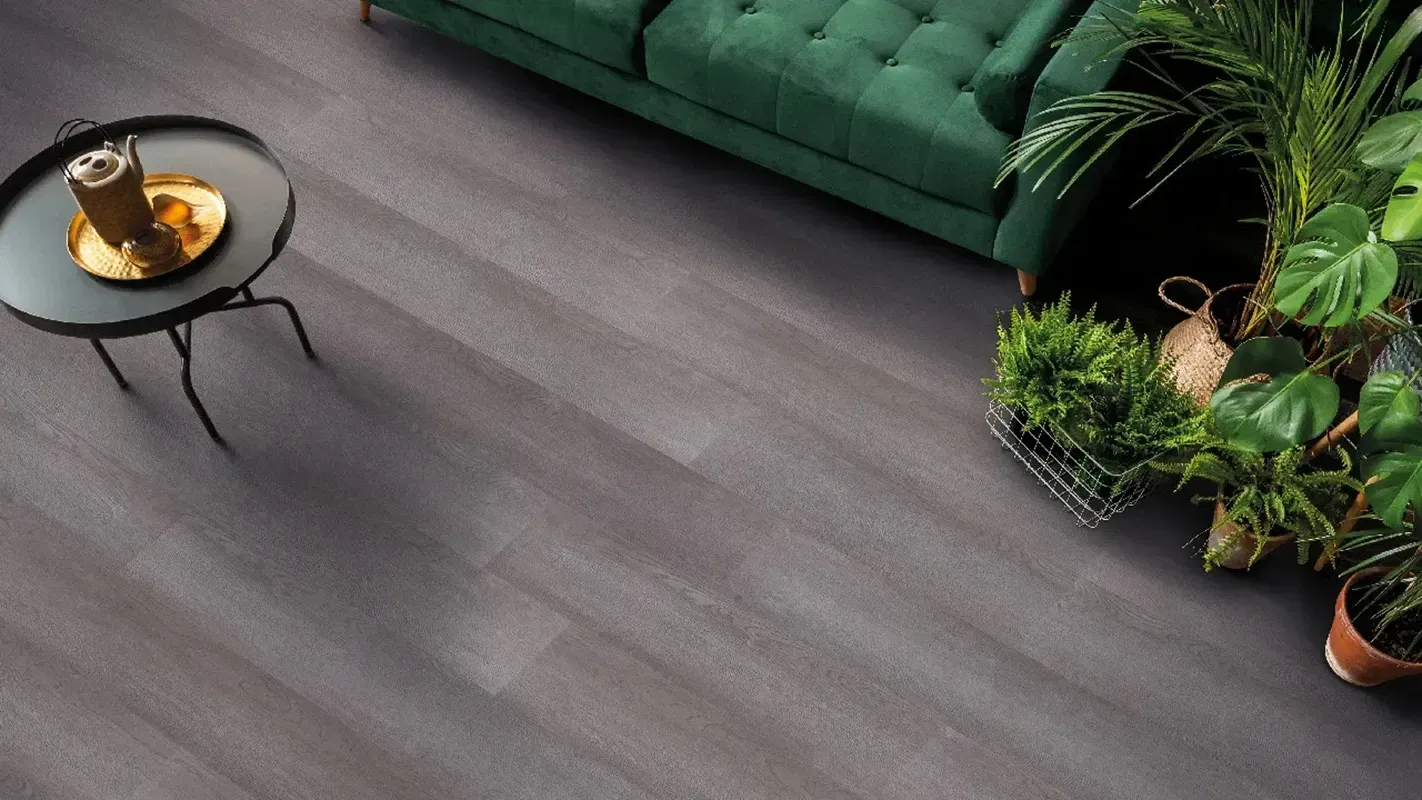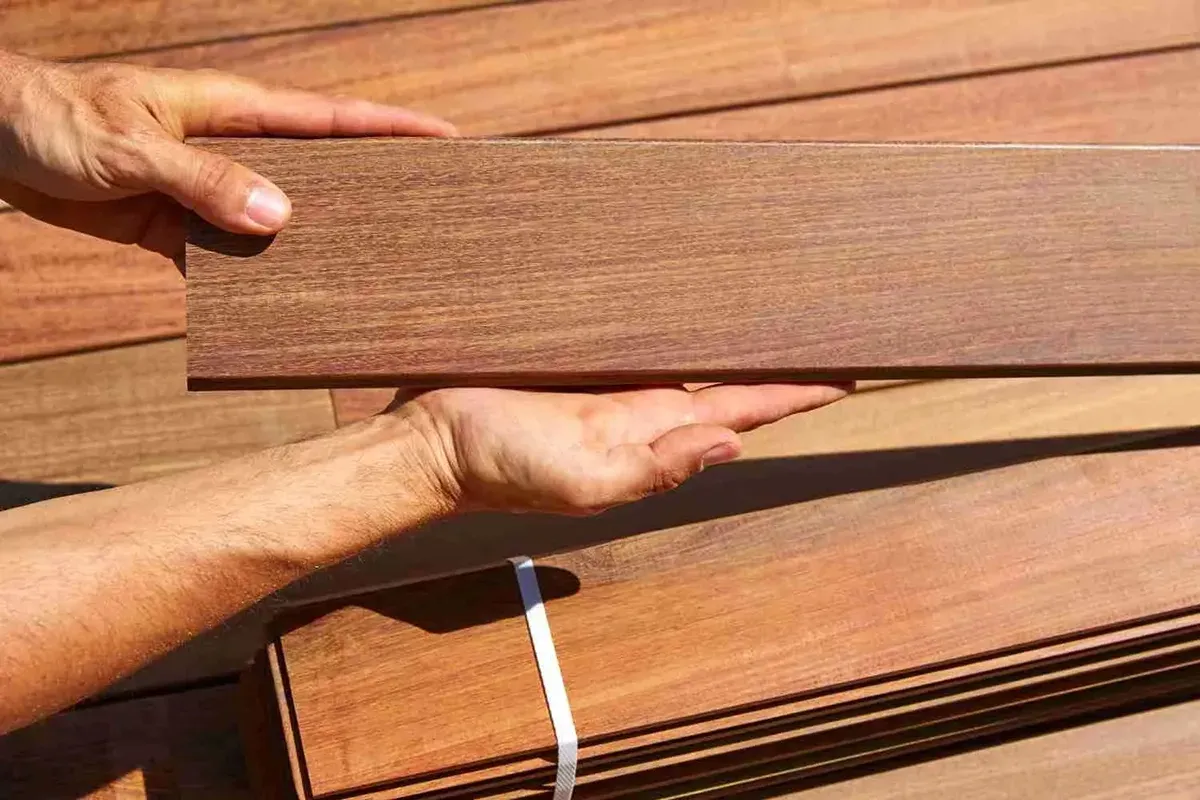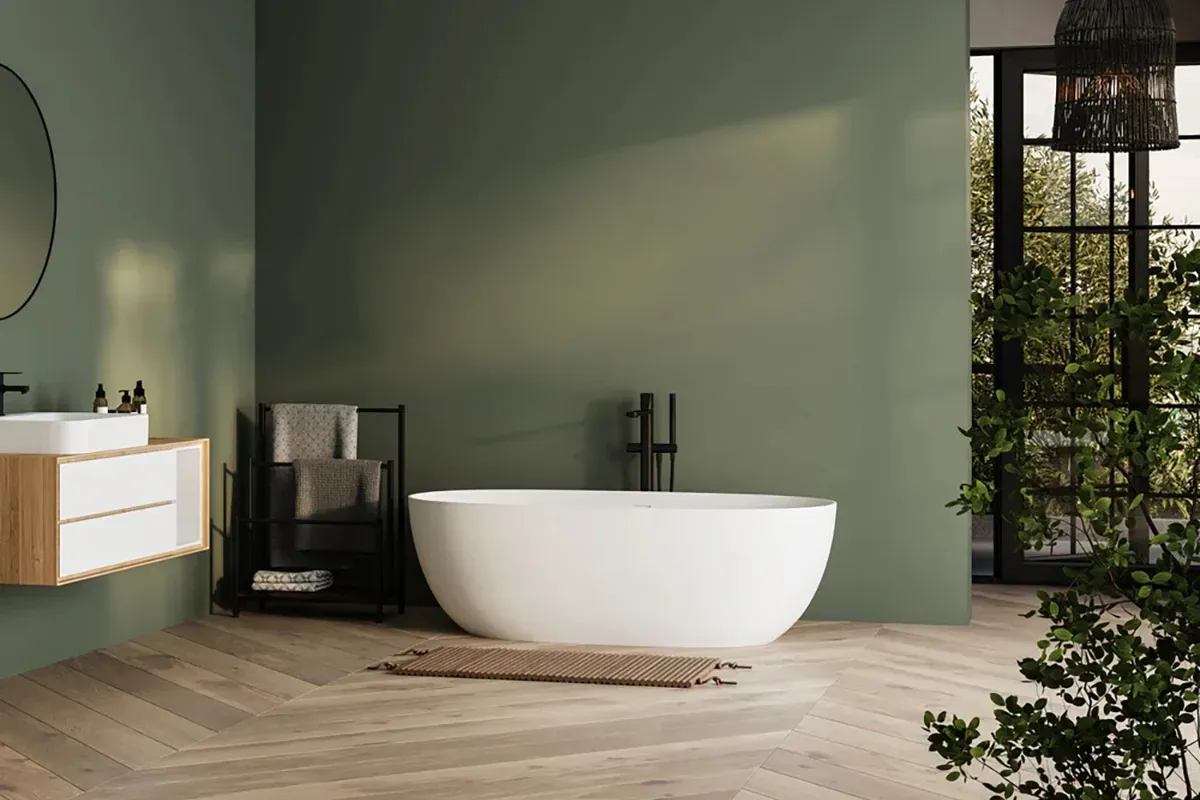Wood Floor Plank Sizes: Standard & Custom Options Explained
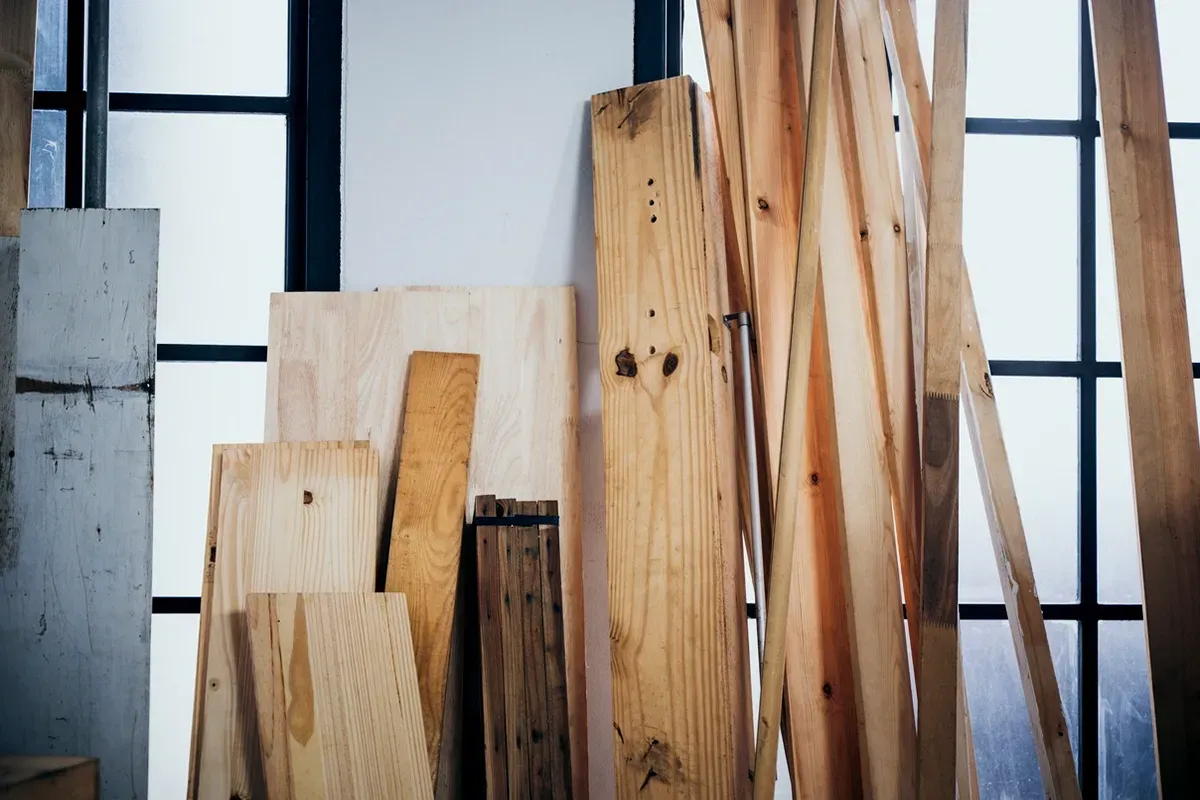
When homeowners start exploring hardwood flooring, they often focus on species, colors, or finishes first. But one of the most important design elements are wood floor plank sizes. Width and length both have a significant impact on how your floors look, feel, and perform over time. From traditional narrow strips to wide modern planks and even custom dimensions, wood floor plank sizes influence everything from style to installation method.
At Rejuvenation Floor & Design, a leading flooring company in Portland, Oregon, we work with a wide range of hardwood and engineered wood flooring products, and we know that selecting the right plank size can make all the difference in how your space comes together. This guide will walk you through standard wood floor plank sizes, specialty options, and how to decide which plank dimensions are right for your home.
TL;DR: Hardwood floor plank size plays a major role in your home’s look and feel. Narrow planks (2¼"–3¼") create a traditional, detailed appearance, medium widths (4"–5") offer balance and versatility, and wide planks (6"–7½" and up to 12") deliver a modern, open aesthetic. In terms of length, short boards (1–3 ft) create a busier pattern, medium (3–5 ft) provide balance, and long planks (6–12 ft) give a continuous, luxurious look. Engineered wood supports wider and longer planks with more stability, making it ideal for today’s popular wide-plank styles.
Why Plank Size Matters
The width and length of your flooring planks aren’t just aesthetic choices; they also affect the practical aspects of your flooring:
- Visual scale: Wide planks show more of the wood’s natural grain and can make a room feel more open, while narrow planks create a busier, more traditional look.
- Room size balance: In a small room, very wide planks can sometimes overwhelm the space, while longer boards can help elongate it.
- Seams and continuity: Narrow boards mean more seams across the floor, while wide planks reduce the number of visible lines.
- Installation and stability: Engineered wood can often support wider or longer dimensions better than solid hardwood because of its layered construction.
Understanding these factors makes it easier to balance aesthetics with functionality.
Standard Wood Floor Plank Widths
Traditionally, hardwood flooring has been available in fairly narrow widths, but modern manufacturing has expanded the range. Today’s “standard” options typically include:
2 ¼” – 3 ¼” (Narrow Planks)
- Appearance: Classic, traditional, and timeless. Narrow strips were once the default choice for mid-century homes.
- Benefits: Stable, with less expansion and contraction per board. Ideal for small rooms or areas where a historic look is desired.
- Drawbacks: More seams mean a busier appearance and more potential for dust collection between planks.
4” – 5” (Medium Width)
- Appearance: Balanced and versatile, fitting both traditional and modern spaces.
- Benefits: Offers more grain visibility than narrow strips while maintaining stability. Works well in nearly any room size.
- Drawbacks: Less dramatic than wide planks, though many homeowners appreciate the balanced look.
6” – 7 ½” (Wide Planks)
- Appearance: Contemporary, expansive, and often higher-end in look. Wide planks showcase more of the wood’s unique grain patterns.
- Benefits: Fewer seams for a clean, seamless effect. Creates a sense of luxury and openness.
- Drawbacks: More susceptible to seasonal expansion and contraction, unless glued down. Typically more expensive than narrow options, and usually not available in solid.
Standard Wood Floor Plank Lengths
While plank width often gets the spotlight, length plays just as important a role in how your flooring looks. Wood planks are available in a variety of lengths, and the choice you make can dramatically influence the style of your space.
- Shorter boards (1–3 feet): More common in budget-friendly flooring, these create a busier look with more seams.
- Medium lengths (3–5 feet): A balanced option that works well in most spaces, offering variety without feeling too fragmented.
- Long lengths (6–8 feet or more): Typically found in higher-end hardwood and engineered flooring. Longer planks reduce seams and create a more continuous, expansive appearance.
Engineered wood flooring often makes longer lengths more practical, since the layered construction provides stability at larger sizes.
Custom and Specialty Plank Sizes
For homeowners looking for something distinctive, custom and specialty wood floor plank sizes are also available:
Extra-Wide Wood Floor Planks (8”–12” or more)
- These create a bold, dramatic effect and are especially popular in open-concept modern homes.
- Best used in large rooms where they can shine without overwhelming the space.
- Only available in engineered.
Oversized Lengths (up to 12 feet)
- Long lengths reduce seams and create a luxurious, continuous look.
- Often seen in higher-end engineered hardwood collections.
- Installation requires more planning and precision.
Mixed-Width Planks
- Some collections feature a blend of 3”, 5”, and 7” boards to create a custom, varied layout.
- Adds character and a more rustic or historic feel.
- Great for farmhouse-style homes or spaces that need a handcrafted touch.
Solid vs. Engineered: How Construction Impacts Size
The construction of your flooring plays a big role in what plank sizes are available:
- Solid Hardwood: Cut from a single piece of wood,
solid hardwood is most stable in narrower widths (usually up to 5”). Wider planks are possible but more prone to gapping or cupping.
- Engineered Hardwood: Built with a layered core and real wood veneer, engineered flooring is designed for stability. This construction supports wider and longer planks, making it the go-to for today’s extra-wide styles.
Choosing the Right Plank Size for Your Space
When deciding on plank size, consider these factors:
- Room size: Wide planks in a large living room feel open and elegant, while narrow planks may suit smaller or more traditional rooms.
- Style preference: Do you prefer a classic, busy look or a more streamlined, modern appearance?
- Lighting: Wide planks highlight grain variation, which can look stunning in bright, sunny rooms.
- Budget: Narrower strips are often more affordable, while wide and long planks usually cost more.
- Climate: If your home experiences wide humidity swings, engineered wide planks are typically the safest choice.
Trends in Plank Sizes
In recent years, the trend has shifted toward wider and longer planks, with many homeowners seeking a minimalist, seamless aesthetic. Mixed-width options have also grown in popularity, appealing to those who want rustic charm or a custom feel.
Manufacturers continue to push boundaries by producing stable engineered planks at impressive widths and lengths, making these looks more accessible than ever.
Final Thoughts
Choosing the right plank size is about more than picking a number—it’s about creating the right balance between style, functionality, and budget. Whether you prefer traditional narrow strips, versatile mid-width boards, or bold wide planks, the size you select will define the character of your floors.
At Rejuvenation Floor & Design, we help homeowners explore both standard and custom plank options so they can achieve the look they envision for their space. With so many possibilities in today’s flooring market, there’s truly a perfect fit for every home. We encourage local homeowners to visit our Flooring store in Portland, Oregon or to contact us with any lingering questions.
Summary
When choosing your flooring, wood floor plank size is just as important as color or finish. Width and length affect not only the appearance but also the performance and installation of your floors. Narrow planks deliver a classic, detailed look, while wide and long boards highlight natural grain and create a modern, spacious feel. Engineered wood supports larger sizes with added stability, making wide-plank and extra-long styles more accessible than ever. Ultimately, the best choice balances aesthetics, room size, and practicality—ensuring your hardwood floors complement your home’s character for years to come.



